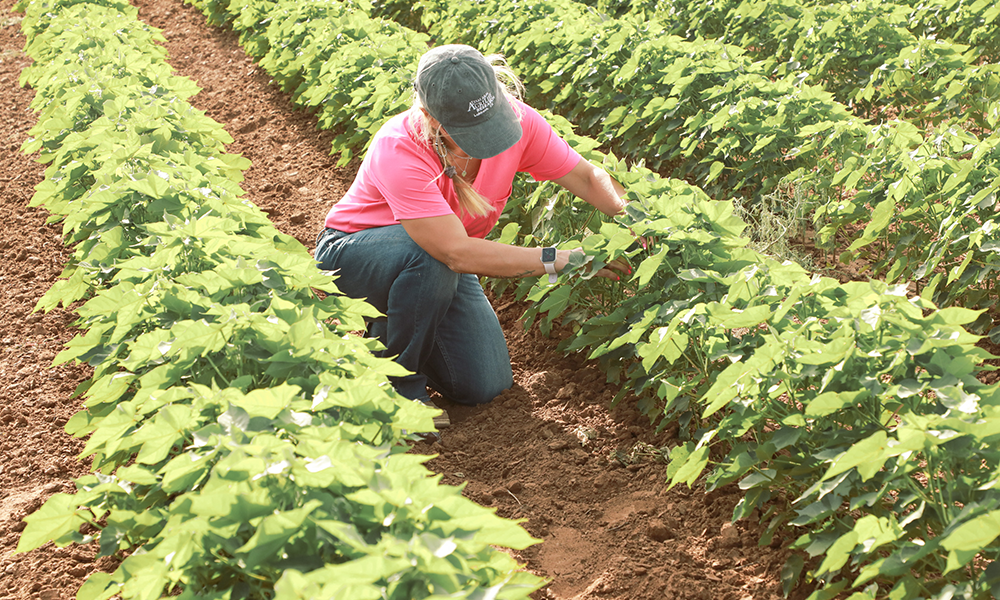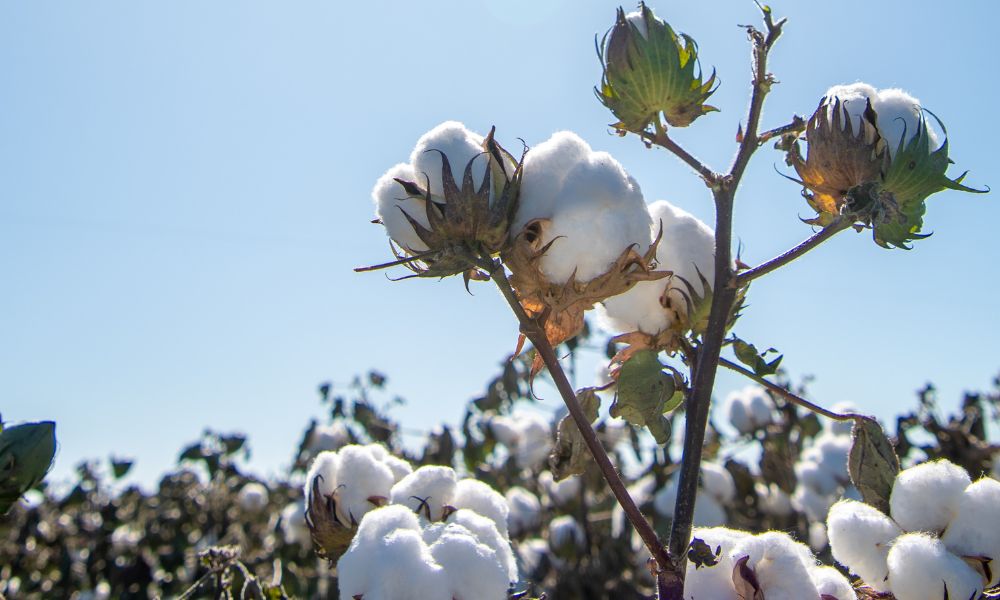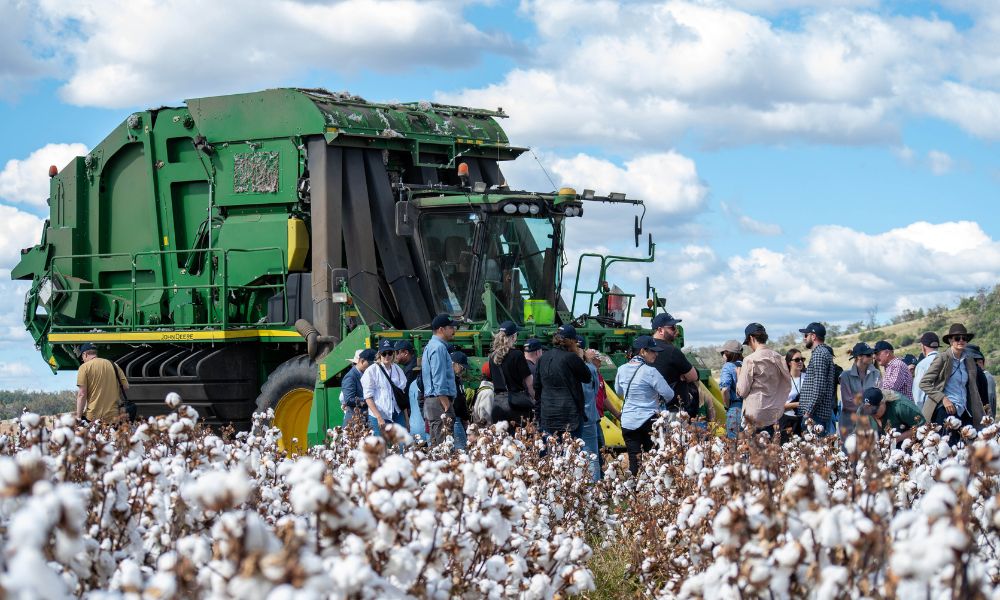U.S. Cotton’s 100% Traceability Yields Confidence for Brands and Retailers
April 16, 2021
New Resource from Cotton LEADS℠ Program Demonstrates How U.S. Cotton Bales are Traced through the Supply Chain
The ability to trace cotton from the gin to the spinning mill where fabric production begins pro-vides regulatory and even marketing benefits for brands, retailers and manufacturers alike. U.S. cotton producers are leading the way to increasing transparency in the cotton supply chain, and a new webpage from Cotton LEADS details how technologies and tools are making 100 percent of U.S. cotton traceable.
Why Cotton Traceability is Important
Traceability benefits any supply chain, helping to ensure that all partners conform to regulatory requirements and making it easier to link cotton bales with fiber quality. For the cotton supply chain, traceability is particularly important because normal variation in fiber properties between cotton bales and even from the same farm can impact an apparel company’s end product. Quality control in cotton products depends on understanding fiber quality and the ability to measure and trace the specific fiber length, uniformity of length, strength, color, micronaire and trash/leaf grade of each bale.
Being able to trace cotton fibers back to the gin can help brands and retailers attain more consistent quality as well as ensure that their products are sourced from U.S. cotton producers that are following national, regulatory agricultural practices. Understanding the science that affects fiber quality can help brands and retailers know where to source the correct cotton classifications for their products. It can also help brands that are trying to market their products as sustainably-grown by ensuring they can trace the cotton back to a U.S. gin where it was processed.
Learn more about how cotton sourcing affects a company’s product quality, environmental footprint, social responsibility and financial performance by watching our webinar.
How U.S. Cotton Leads the World in Traceability
The efforts of dedicated farmers, state-of-the-art technology, and standardized federal oversight help make 100 percent of U.S. cotton traceable. The main technology at play in U.S. cotton traceability is the system of Permanent Bale Identification (PBI) tags used by the United States Department of Agriculture Agricultural Marketing Service.
PBI tags assign a unique ID number to every bale of cotton that follows it through ginning, classing, warehousing and spinning. The U.S. is the only country to use the PBI system to trace every cotton bale after it has been ginned. Tools like Cotton Incorporated’s Engineered Fiber Selection (EFS) system capture the high volume instrument data from the classing process and help manufacturers select the correct cotton bales for their products.
Learn more about how PBI travels through the cotton supply chain on our cotton traceability webpage.
Cotton Traceability Helps Brands and Retailers Build Confidence in their Supply Chains
The Cotton Trust Protocol uses the PBI to track sustainability in the U.S. cotton supply chain by tagging each kilogram of ginned cotton with a unique credit based on the sustainable agriculture practices where it was grown. The credits help brands and retailers verify their supply chain’s contributions to the U.S. Cotton Trust Protocol’s sustainability goals and their own brand sustainability goals.
Learn more about how the U.S. Cotton Trust Protocol helps make the cotton industry more sustainable by partnering with growers.
The work we do is possible because of collaborations with researchers like these and partnerships with people all throughout the value chain. Ready to commit to sustainably produced cotton? Become a Cotton LEADS℠partner today. Interested in doing even more? Contact us for ideas to get the most out of sustainable cotton and your partnership with Cotton LEADS.














Recent Comments